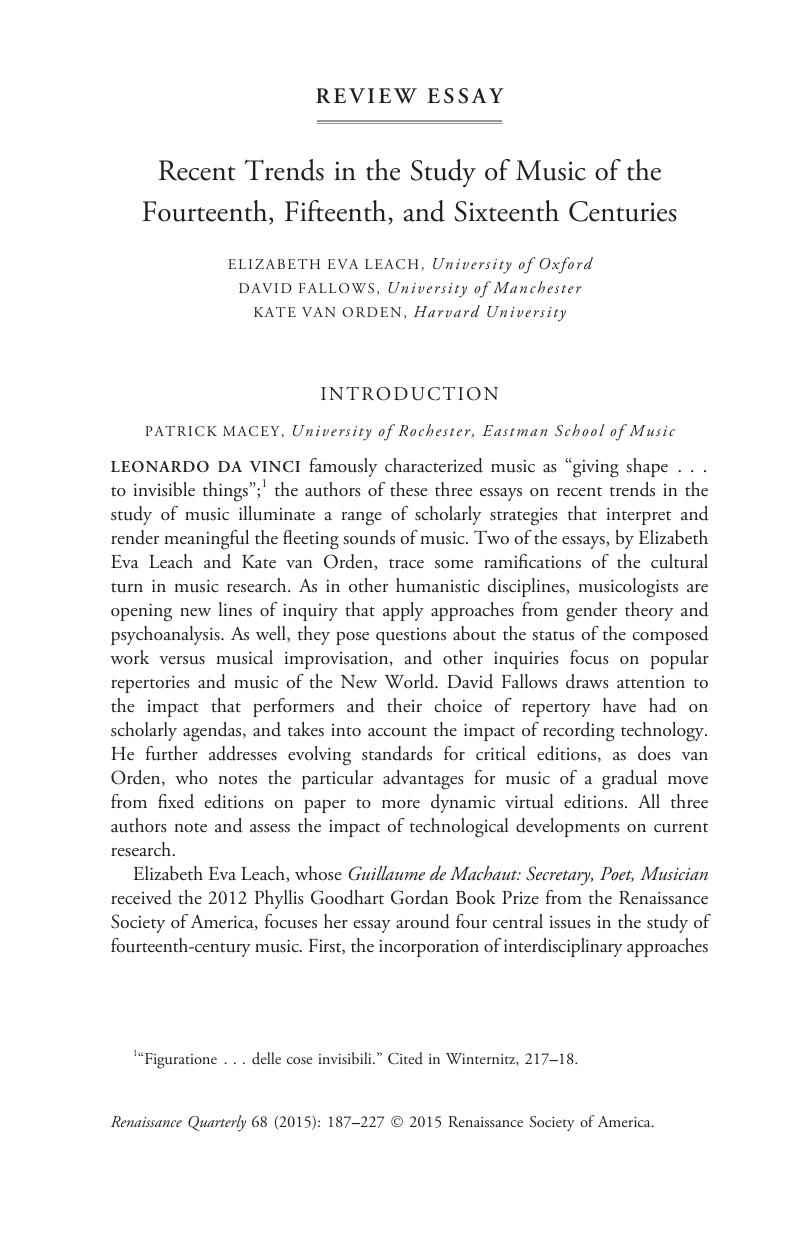Crossref Citations
This article has been cited by the following publications. This list is generated based on data provided by Crossref.
2015.
Current Bibliography of the History of Science and Its Cultural Influences, 2015.
Isis,
Vol. 106,
Issue. S1,
p.
i.
Röntsch, Marc Anton
2021.
‘The echo chambers of cyberspace’: the meaning and consequences of reconsidering the digital Michael Mosoeu Moerane Critical Edition as an archive.
Journal of the Musical Arts in Africa,
Vol. 18,
Issue. 1,
p.
1.
Mani, Charulatha
2021.
Reimagine to Revitalise.
Mani, Charulatha
2022.
Of Two Arias and Nine Ragas: Analysing Monteverdi through a Karnatik Lens.
Music Analysis,
Vol. 41,
Issue. 3,
p.
470.
Mani, Charulatha
2024.
Cultures of Work, the Neoliberal Environment and Music in Higher Education.
p.
121.



